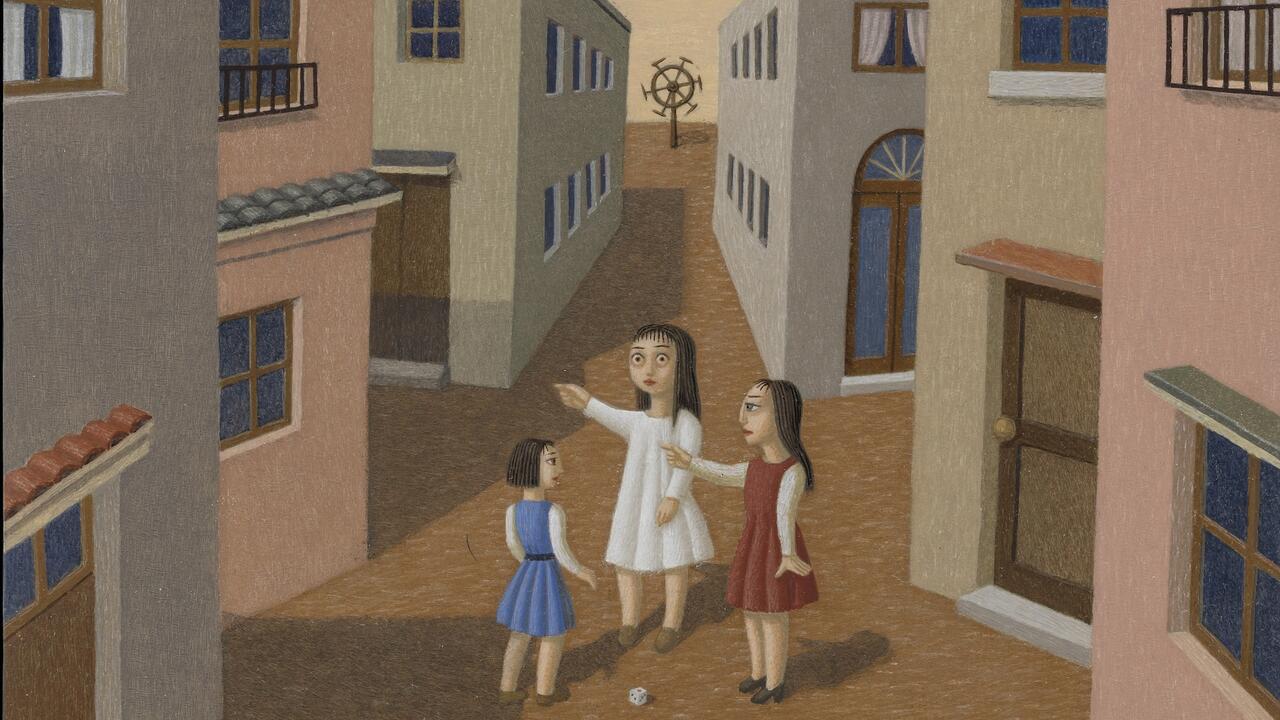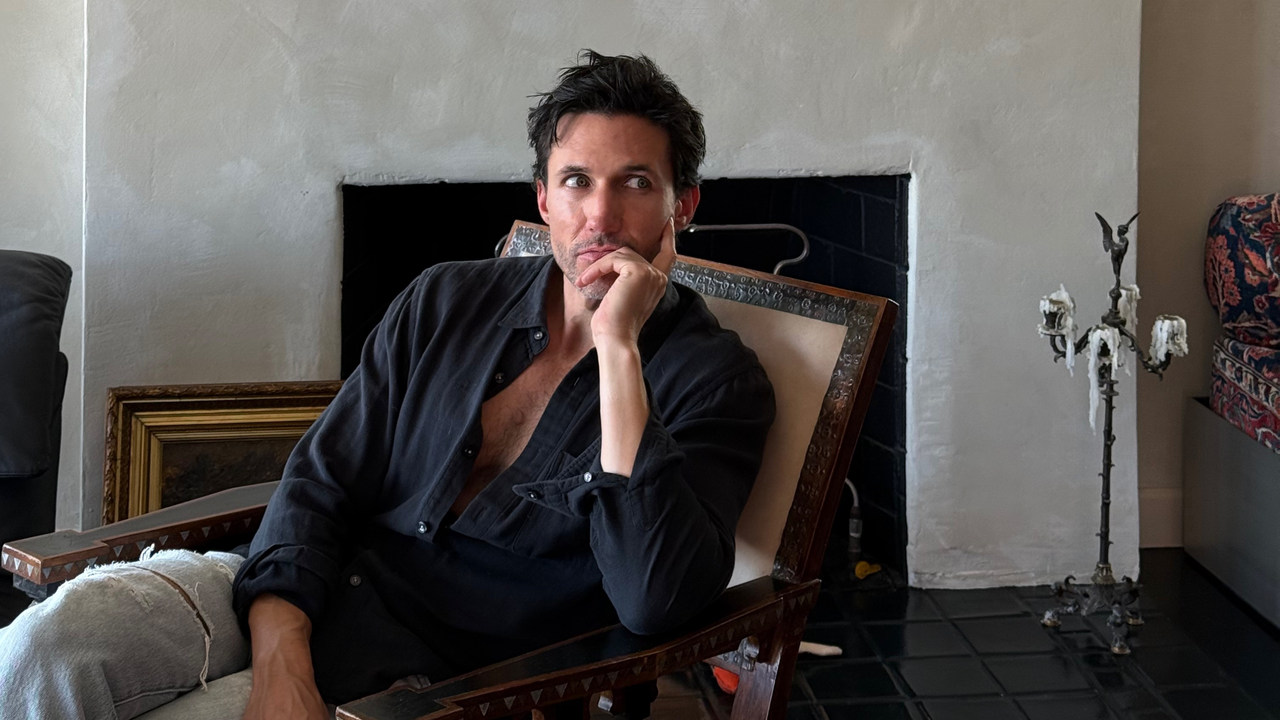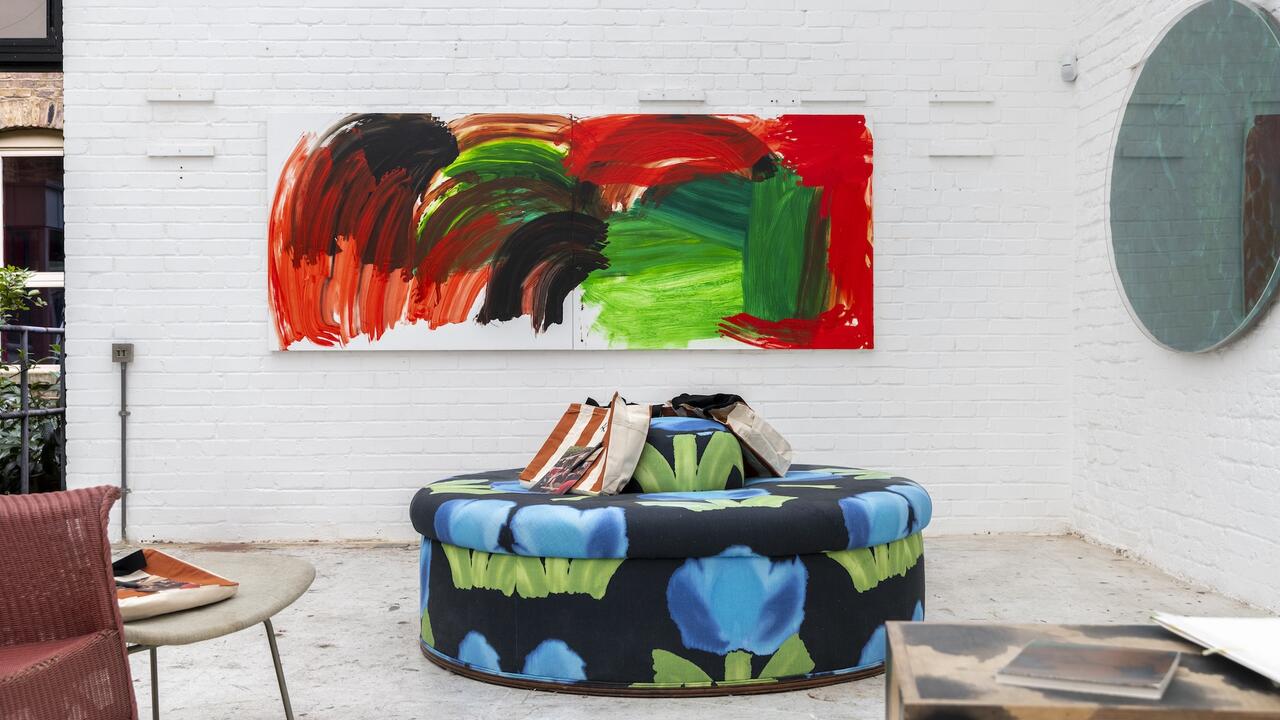Design Intervention
The changing shape of the mosque in Britain
The changing shape of the mosque in Britain

East London architect Shahed Saleem is a man conflicted. He wants to nudge British mosques away from their large domes, onion-shaped arches and minarets – it’s a look he finds clumsy, folksy and imported. Beneath these domes lies one of the few politicized buildings remaining for architecture: look to New York’s planned ‘Park51’ community centre and mosque or Switzerland’s November 2009 constitutional referendum banning the building of minarets for a sense of the stakes and potential to command headlines.
When I visited his studio in March, Saleem elaborated on his ideas. Exploiting the flexibility of a mosque – which need only orient prayer towards Mecca, so may, for example, be simply a line in the desert sand – one could, he explained, invent a fresh language, combine European and Islamic design sensibilities and offer a very British evolution of Islamic tradition. Saleem is designing the renovation and extension of former bank into a new mosque and Somali community centre for London’s Mile End Road; a glazed, ornamented square curtain wall above the original structure will reference not just Islamic architectural history but, cunningly, also the nearby White Cube gallery in Hoxton (another early 20th-century building extended upwards, with a Modernist glass box hoisted on top). Locale and heritage mingle in Saleem’s mosques. His approach is not unlike that of architect Sir Frederick Gibberd, who incorporated Brutalism into the mosque he designed for London’s Regent’s Park (completed in 1977). Innovation, however, was stifled in British mosques soon after. In part, the money had dried up, and immigrant communities, counting their pennies, chose not to plump for architects. Instead, they relied on pre-existing or self-designed spaces.
I met Saleem again recently. He had written to me, explaining that he now had ‘a slightly different take’ on his initial beliefs as a result of visiting two-dozen mosques, many in northern England, for an English Heritage-commissioned book he was writing. In 1990, the UK had 400 mosques; in 2010, there are 1,486. Saleem’s trip had made him realize he was designing mosques without discussing his innovations with the mosque-goers. This had humbled him. His new approach, he said, is ‘less fundamentalist if you like: less about ditching things because you think they’re tacky’ and more about having regard for the architectural attachments of ordinary Muslims.
When and how did minaret and dome begin to signify 'mosque' so powerfully and unambiguously?
It has become clear that those designing mosques and those using them speak different languages: a recent development, spurred when diasporas began to produce architects. According to Heghnar Watenpaugh, an architectural historian at the University of California, Davis: ‘The designer is speaking the language of “good design”, of formal innovation. The users of the mosque want their mosque to look like a mosque. It is an issue of legibility.’ Nasser Rabbat, Aga Khan Professor of the History of Islamic Architecture at mit, finds this a genuine architectural dilemma: ‘Architecture as a profession is quite a haughty one, with a bit of hypocrisy […] most architects speak about the user but hardly trust his or her taste.’
All of this raises the question: when and how did minaret and dome begin to signify ‘mosque’ so powerfully and unambiguously? To Watenpaugh’s mind, the central pencil-shaped minaret is an Ottoman mosque form. Furthermore, ‘in mediaeval Cairo, under the Mamluk dynasty, a dome always and only meant a tomb. Not a prayer space.’
Reinventing a formal language can seem out of step at a time when mosques now tend to signify tradition, preservation and protection. Funding by local subscription within young communities delivers fewer resources to engage architects and also reveals an innate conservatism, a longing for the familiar buildings of the village. The language of diasporas everywhere is often nostalgic: Dr Omar Khalidi from the Aga Khan Programme for Islamic Architecture has called the diasporic mosque ‘an architecture of homesickness’. Viewed from another side, when Islam moves into the world, it tends to assimilate with local architectural tropes, which, in turn, become Islamic architecture. In the eighth century, Abbasid Caliph al-Mansur constructed Baghdad along lines of the conquered Persian city Firouzabad. In the Indian–Islamic Mughal empire (which ruled a large portion of the Indian subcontinent between the 16th and mid-19th centuries), the invoking of local Indic traditions was widespread: it’s visible especially in the ornament and the corbelled shallow arches that take the place of Byzantine–Islamic voussoirs in Akbar’s royal city of Fatehpur Sikri in the 16th century; Shah Jahan’s 17th-century Taj Mahal integrates Hindu decorative elements starkly in its finial. The eighth-century Great Mosque of Xi’an in China is Chinese in every respect. If there is an essence in Islamic architecture, perhaps it’s in its journeying outward.
When two languages meet, what results first is a pidgin. Intelligible phrases are sliced from their original languages, and pasted into a new one; in time, a local creole grammar grows up. British Muslim architecture is at the stage of pidgin: the Zakariyya Jame Masjid (2005) in Bolton, and the Harrow Central Mosque in northwest London (due to be completed in 2011) both asked members to propose design elements they favoured and came up with a replica door from the house of the Prophet, tiles from Pakistan and eighth- to tenth-century Kufic scripts.

How to nudge this process forward? Saleem suggests it begins with contextualization: ‘You may still use symbols which originate in traditional Islamic imaginations – I don’t think it’s just about ditching, submerging or replacing them, but making your language relevant and accurate to the time and social context.’ The swelling numbers of British-born, second-generation Muslims may also bring more contemporary frames of reference.
Recently architects have been attempting more daring mosque designs. The Belfast-born architect Adrian Stewart, for example, spurned minarets in his ecologically sustainable expansion of Glasgow’s Masjid al-Furqan mosque (2009–ongoing) and Anglo–Spanish architects Mangera Yvars’ design for a planned ‘Islamic garden’ next to the site of the 2012 Olympics in Newham, East London, was based on the 14th-century Alhambra palace in Granada, and combines a mosque, school, youth facilities and residential accommodation. The environmentally friendly design incorporates wind turbine minarets borrowed from the language of nomadic structures, tented cities and the curves of calligraphy. Dubbed ‘the mega-mosque’ – it would have been the biggest religious building in Britain and the largest mosque in Europe – it is dogged by controversy and its future is now uncertain. Saleem, for his part, has won planning permission for his Mile End mosque: the ‘white cube’ will be decorated with ornaments relevant to the Tower Hamlets Somali community who will pray there. He also has received local planning consent for a mosque in Hackney; its design has been abstracted from an Ottoman tile and repeated four times. The early-19th century German philosopher, Friedrich Schelling, may have called architecture ‘frozen music’; but Islamic architecture in Britain seems to have started to flow forward again.






















